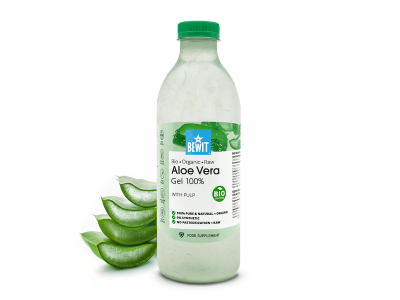
BEWIT Chlorella vulgaris - tablets, BIO
Food supplement
Chlorella vulgaris
A phytonutrient-packed green superfood with many beneficial effects. Its cellular envelope is disrupted by a process of disintegration, which ensures high absorption and utilisation of the contained substances, but the valuable contents are also protected to the maximum extent possible. Spirulina tablets can be easily washed down with a glass of water or another favourite beverage. The advantage is that it is more convenient to dose.
BEWIT Spirulina ORGANIC tablets are available in two variants: 130 g in a glass bottle (520 tablets) and 250 g in a paper bag (1000 tablets).


CZ-BIO-002
In stock
11,7 £
11,7 £ without VAT (0%)
Code: 3401300100000003
Curated reviews by the BEWIT Team
„Dlhoročne užívam zelené potraviny (jačmeň, chlorelu a spirulinu) ako doplnok k mojej viacmenej rastlinnej strave. Dopĺňam si nimi zásobu dôležitých živín, minerálov a vitamínov ktoré môžu v strave absentovať. Hlavne teba v zimných mesiacoch. Pravidelne chodím na krvné testy, ktoré sú vždy ukážkové. To pripisujem samozrejme vyváženej vedomej strave a týmto mojim zeleným pomocníkom. Práve končím moje prvé tehotenstvo a musím sa pochváliť ja aj bábo sme ho zvládli aj bez pomoci doplnkov z lekárne. Železo, magnézium a B12 po celý čas v norme. Žiadne svalové kŕče ani opúchanie končatín. Imunita bez oslabenia a cítim sa aj v 39.t. tehotenstva úplne fit. Ani sám p. doktor neveril. Dokonca sa mi vytratila aj dlhoročná intolerancia na laktózu, ktorú pripisujem pravidelným dávkam jačmeňa. Dávky som samozrejme počas tehotenstva zvýšila. Prajem takéto tehotenstvo každej žene ktorá sa rozhodne vedomo pristupovať k svoju telu a aj k bytosti ktorá v nej vyrastá. 💚 “

Nikola Karolyiova
History
Ancient and unobtrusive
We owe the discovery of the inconspicuous chlorella to the Dutch microbiologist M. W. Beijerinck, who discovered and isolated it for the first time in 1890. However, during his research he came across a close association of chlorella with the 1.5 billion-year-old Acritarch microfossils. He proved that this freshwater algae has been part of the ecosystem for a very long time. [1]
She won over the world
The biologically active substances contained, their action and high absorption have been the subject of many scientific studies, which continue to generate new knowledge and present interesting conclusions. For its beneficial effects chlorella has thus won fans all over the world. [2,3,4,5,6]
Origin and cultivation
Protected against heavy metals
Chlorella is a unicellular freshwater alga, which needs a warm climate, sufficient sunlight, plenty of nutrients and really clean water for ideal growth. [1] These conditions are met because the chlorella is grown in special tanks that ensure organic growing conditions. Chlorella is thus additionally protected from heavy metal pollution.
High absorption ensured
Chlorella harvested at its full maturity stage is subsequently processed through a process called disintegration, through which the cell envelope structures are disrupted. The disintegration process results in high absorption and utilization of valuable substances contained in chlorella.
Pressed into tablets
After harvesting, the rich green chlorella biomass is gently dried and pressed into whole, green tablets. The shape of the tablets is achieved only by the pressure exerted by the pressing device. Due to the naturally adhesive properties of spirulina, the pressed tablets retain their solid shape even without the use of binders, dyes, fillers or other additives. As part of the unique processing technology and the low temperatures maintained, spirulina is still "alive "and retains enzymes and other valuable substances that are sensitive to high temperatures.
Composition and properties
There is no Chlorella like Chlorella
Chlorella Pyrenoidosa or Chlorella Vulgaris, algae almost identical at first glance, yet different. Their difference lies in their composition.
Compared to Vulgaris, Chlorella Pyrenoidosa contains much more highly branched polysaccharides. Their presence is justified, but in any case, they may not be a good choice for constipation or digestion problems. But otherwise you will appreciate it. [7]
Slight differences were also observed in protein and other nutrient content. So take a look at the ingredients and choose the right chlorella for you.
Moreover, it is naturally gluten-free – it is therefore also suitable for people with gluten intolerance and celiac disease.
Phytonutrient-packed superfood
Among the minerals, these are mainly iron, iodine, manganese and phosphorus, for whose high content chlorella is sought after. Every cell in the body will welcome the presence of natural zinc and calcium.
Chlorella also has the advantage of a high content of fat-soluble vitamin D and water-soluble vitamins B1 and B3.
Fiber, vegetable oils or easily absorbed proteins, all of these macronutrients are also present.
In addition, the characteristic green colour of chlorella is due to the naturally present carotenoid and chlorophyll dyes. In particular, chlorophyll A and beta-carotene. Its growth factor is also highlighted.
For vegans and vegetarians
Because of the contained vitamin B12 and the high amount of iron, chlorella is also a suitable dietary supplement for vegans and vegetarians who may have insufficient intake of animal foods due to restrictions.
Usage
Simply drink it down
The tableted form of spirulina is characterised by its blue-green colour and shiny appearance. Spirulina tablets can be easily washed down with a glass of water or another favourite beverage. The advantage is that it is more convenient to dose.
Recommended dosage
Start with a dose of 4 tablets 3 times a day (12 tablets), at least 15 minutes before meals. Take with a glass of water. Over the course of 14 days, gradually increase the dose to 7 tablets 3 times a day (21 tablets). Daily intake of Chlorella: 3 – 5 grams.
- Do not exceed the recommended daily dose. – This product is not intended to replace a varied and balanced diet. – Not intended for children under 3 years of age. Store in dry place, protect from heat.
You can choose from two packaging options:
- in a paper bag, 250 g content, 1000 tablets
- in a jar, content 130 g, 520 tablets.
Origin: China
In conclusion
Health claims from the so-called ON HOLD list
Chlorella:
- vitality – energy – tone, natural defences
- immunity – energy
ON HOLD list – This is a list of substances and their relationship to health that have been sent to EFSA for assessment but EFSA has not yet issued an expert opinion or the EC has not yet issued a decision. Please note that these claims are temporary.
Sources
[1] MÜLLER, Julia et al., 2005. DISTINCTION BETWEEN MULTIPLE ISOLATES OF CHLORELLA VULGARIS (CHLOROPHYTA, TREBOUXIOPHYCEAE) AND TESTING FOR CONSPECIFICITY USING AMPLIFIED FRAGMENT LENGTH POLYMORPHISM AND ITS RDNA SEQUENCES. Journal of Phytology. 41(6), 1236–1247.
[2] WANA, Xu-zhi et al., 2019. Anti-diabetic activity of PUFAs-rich extracts of Chlorella pyrenoidosa and Spirulina platensis in rats. Food and Chemical Toxicology. (128), 233–239.
[3] BITO, Tomohiro et al., 2016. Characterization and Quantitation of Vitamin B12 Compounds in Various Chlorella Supplements. Journal of Agricultural and Food Chemistry. 64(45), 8516–8524.
[4] WAN, Xu-zhi et al., 2020. Physicochemical Characterization of a Polysaccharide from Green Microalga Chlorella pyrenoidosa and Its Hypolipidemic Activity via Gut Microbiota Regulation in Rats. Journal of Agricultural and Food Chemistry. 68(5), 1186–1197.
[5] REYES SUA´ REZ, Erick et al., 2006. Immunostimulatory Polysaccharides from Chlorella pyrenoidosa. A New Galactofuranan. Measurement of Molecular Weight and Molecular Weight Dispersion by DOSY NMR. Biomacromolecules. 7(8), 2368–2376.
[6] HSU, HSIEN-YEH et al., 2010. Immunostimulatory Bioactivity of Algal Polysaccharides from Chlorella pyrenoidosa Activates Macrophages via Toll-Like Receptor 4. Journal of Agricultural and Food Chemistry. 58(2), 927–936.
[7] SHI, Ying, Jianchun SHENG, Fangmei YANG a Qiuhui HU. Purification and identification of polysaccharide derived from Chlorella pyrenoidosa. Food Chemistry. 2007, (103), 101–105.
100% pure and natural
All ingredients contained in the product are 100% pure and natural and non-synthetic.
Ahinsa
An ethical approach is founded on respect for all forms of life.
BIO
Insect Free
The product contains no insects or parts thereof.
No dyes
The product does not contain dyes.
No phosphates
The product does not contain phosphates.
Non GMO
The composition of the product is 100% made up of ingredients that have not been genetically modified.
Non synthetic
The product does not contain synthetic or synthetically produced ingredients.
Superfood
The product contains nutritionally valuable superfoods, which are very beneficial for their exceptionally high content of vitamins, minerals and a wide range of bioactive substances.
Vegan
This product is suitable for vegans. At no stage during development, testing or production of this item were animal or dairy products used.
ø Nutrition facts
| Per 100 g | |
|---|---|
| Energy | 1370 kJ / 326 kcal |
| Fat | 12.4 g |
| – of which saturates | 0.95 g |
| – of which unsaturates | 2.52 g |
| Carbohydrate | 17.3 g |
| Fibre | 12.1 g |
| Protein | ≥55 g |
| Salt | <0.1 g |
Vitamins
| Per 100 g | %** RHP per 100 g | |
|---|---|---|
| Vitamin D | 6 µg | 120 |
| Vitamin E | 0.089 mg | 0.74 |
| Vitamin K | 1.3 µg | 1.73 |
| Vitamin C | 0.0064 mg | 0, 033 |
| Thiamine (Vitamin B1) | 1,8 mg | 163,6 |
| Riboflavin (Vitamin B2) | 0,031 mg | 2,2 |
| Niacin (Vitamin B3) | 26 mg | 162,5 |
| Vitamin B6 (Pyridoxine) | 0,0096 mg | 0,69 |
| Folic acid (Vitamin B9) | 23 µg | 11, 5 |
| Vitamin B12 | 0,5 µg | 20 |
| Biotin (Vitamin H) | 1 µg | 2 |
** Minerals**
| Per 100 g | %** RHP per 100 g | |
|---|---|---|
| Calcium | 48,5 mg | 6 |
| Phosphorus | 1200 mg | 171,4 |
| Magnesium | 10,4 mg | 2,8 |
| Iron | 101,3 mg | 724 |
| Zinc | 2, 2 mg | 22 |
| Copper | 0,27 mg | 27 |
| Potassium | 671,1 mg | 33,6 |
| Manganese | 4,2 mg | 210 |
| Selenium | 20 µg | 36,4 |
| Iodine | 1000 µg | 666,7 |
** Phyto-pigments**
| Per 100 g | |
|---|---|
| Carotenoids | 857 mg |
| Beta-carotene | 135 mg |
| Chlorophyll | 2580 mg |
| Chlorophyll A | 1539 mg |
| Chlorella growth factor | 2, 5 |
| Total pheophorbide | max 80 mg |
** Amino acids**
| Per 100 g | |
|---|---|
| Isoleucine | 2,98 g |
| Leucine | 5,27 g |
| Lysine | 3,68 g |
| Methionine | 0,89 g |
| Threonine | 3, 12 g |
| Trytophan | 2,82 g |
| Valine | 2,59 g |
| Alanine | 3,37 g |
| Arginine | 4,22 g |
| Aspartic acid | 3,53 g |
| Cystine | 0,41 g |
| Glutamic acid | 6,6 g |
| Glycine | 3,34 g |
| Histidine | 1,17 g |
| Proline | 2,76 g |
| Serine | 2, 38 g |
| Tyrosine | 2,75 g |
** Fatty acids**
| Per 100 | |
|---|---|
| Oleic acid | 0,49 g |
| Linoleic acid | 1,28 g |
| Alpha linolenic acid | 0,27 g |
** Daily reference value for vitamin intake
Download documents
Document
Obsah jodu v Chlorella vulgarisDocument
Obsah hliníku v Chlorella vulgarisReviews
BEWIT Chlorella vulgaris - tablets, BIO
Food supplement
Want to add your own review? We're interested in your opinion.
Sign in / RegisterUrčitě doporučuji. Zelené potraviny mám moc ráda. V lednu jsem se opět vrátila k užívání chlorelly a tentokrát na vyzkoušení od Bewitu a od té doby žádné nachlazení, chřipka, oproti minulému roku, kdy moje imunita byla velmi slabá. Věřím, že i toto mi přispělo ke zlepšení imunity! Objednávám zase :)
Did you find this review helpful?

Dlhoročne užívam zelené potraviny (jačmeň, chlorelu a spirulinu) ako doplnok k mojej viacmenej rastlinnej strave. Dopĺňam si nimi zásobu dôležitých živín, minerálov a vitamínov ktoré môžu v strave absentovať. Hlavne teba v zimných mesiacoch. Pravidelne chodím na krvné testy, ktoré sú vždy ukážkové. To pripisujem samozrejme vyváženej vedomej strave a týmto mojim zeleným pomocníkom. Práve končím moje prvé tehotenstvo a musím sa pochváliť ja aj bábo sme ho zvládli aj bez pomoci doplnkov z lekárne. Železo, magnézium a B12 po celý čas v norme. Žiadne svalové kŕče ani opúchanie končatín. Imunita bez oslabenia a cítim sa aj v 39.t. tehotenstva úplne fit. Ani sám p. doktor neveril. Dokonca sa mi vytratila aj dlhoročná intolerancia na laktózu, ktorú pripisujem pravidelným dávkam jačmeňa. Dávky som samozrejme počas tehotenstva zvýšila. Prajem takéto tehotenstvo každej žene ktorá sa rozhodne vedomo pristupovať k svoju telu a aj k bytosti ktorá v nej vyrastá. 💚
Did you find this review helpful?
+ 24

Na výstavě FOR BEAUTY v Praze zažíváme nádherná setkání. Dnes mi mnohokrát děkovala čtyřicetijednaletá paní za to že jsme. Říkala mi, že bez Bewitu už by tu nebyla. Absolvovala 28 chemoterapií a 39 ozařování. Byla kompletně bez vlasů a bez energie. Měla rakovinu prsu, která metastázovala do páteře, kloubů a kostí. Měla obrovské bolesti. Dostala se do čtvrtého stádia nemoci. V nemocnici jí dali seznam hospiců, čekalo se kdy umře. Rodiče už pro ni měli oblečení do rakve. Její kolegyně (která je i tu ve skupině) jí řekla o Bewit. Koupila si 10 našich kadidel a 10 himalájských cedrů a začala je používat. Později začala brát i Bewit chlorellu a spirulinu, Bewit nosné oleje (mandlový a olej z černého kmínu), vnitřně Bewit esenciální vody (kadidlo, myrhu, oregano), Bewit esenciální olej oregano vnitřně – do kapslí (týden užívání, týden pauza). Užívala také Bewit esenciální olej santalové dřevo. Stav se zlepšil. Před třemi měsíci začala chodit. Zatím ještě neslyší na jedno ucho, na koleně ještě nosí ortézu. Cítí se dobře. Je nadšená z našich výrobků, velice vděčná. Vyfotil jsem se s ní. Vyšleme prosím myšlenku a přejme jí ať je zdravá. Šťastny ať jsou všechny bytosti.
Did you find this review helpful?
+ 519

Zacząłem przyjmować Prawtein DX niespełna 2 tygodnie temu jako wsparcie w oczyszczaniu mojego organizmu. Oprócz podstawowych właściwości muszę przyznać, że ten Prawtein jest pyszny, ma świetny smak i pomaga zaspokoić chęć na jedzenie słodyczy. Z produktów Bewit skomponowałem sobie naturalną kurację oczyszczająco-wzmacniającą, która ma pomóc mi odzyskać kontrolę nad moją wagą. Częścią tej kuracji jest właśnie Prawtein DX, ale jednocześnie korzystam także z olejku eterycznego DX. Przyjmuję też chlorellę i spirulinę. Świetnie wspomagają oczyszczanie organizmu a przy tym są bardzo dobrym źródłem wielu cennych składników, mikroelementów i witamin. Już zaczynam odczuwać efekty. Sądzę, że mój organizm lepiej przyswaja składniki z pożywienia i dzięki temu mam mniejszą potrzebę podjadania. Dodatkowo przygotowałem sobie inhalator z olejkiem WLOSS aby jeszcze bardziej kontrolować uczucie głodu oraz roll-on z tym olejkiem do stosowania na skórę. Już po tak krótkim czasie zaczynam widzieć efekty i już nie mogę się doczekać kolejnych.
Did you find this review helpful?
+ 16
Spirulinu a Chlorelu jsem si koupila, protože jsem potřebovala nastartovat organismus a zbavit se pár kilo navíc. Zatím ji beru něco přes týden, ale musím říct, že jsem čilejší a zlepšilo se mi trávení. A když si tabletky vytahuju, chce mi je brát i náš kocour. 😺
Did you find this review helpful?
+ 6
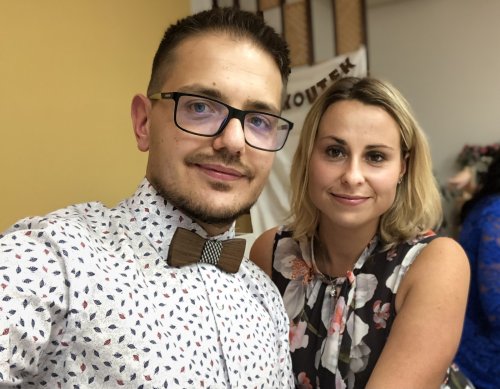
Chlorella opravdu pročišťuje a v Bewitu je levnější, než od konkurence.
Did you find this review helpful?
+ 6

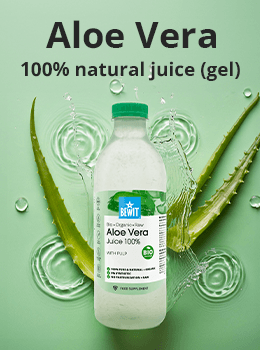
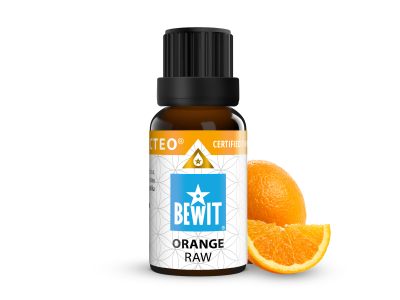
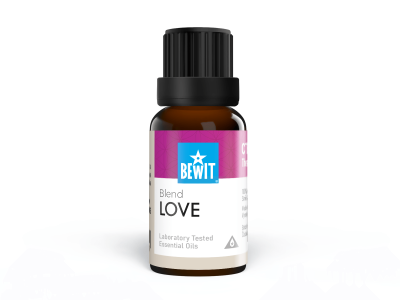
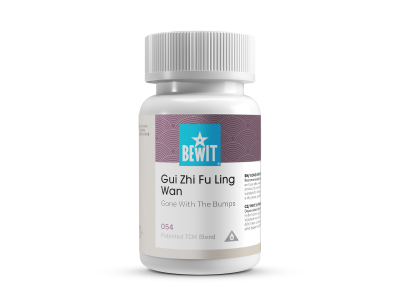
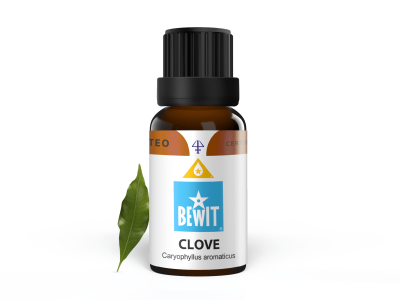
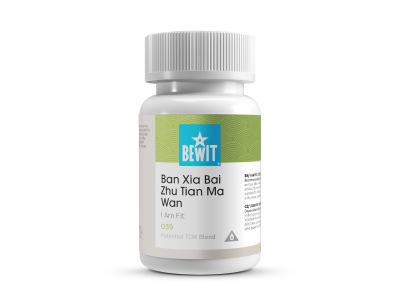
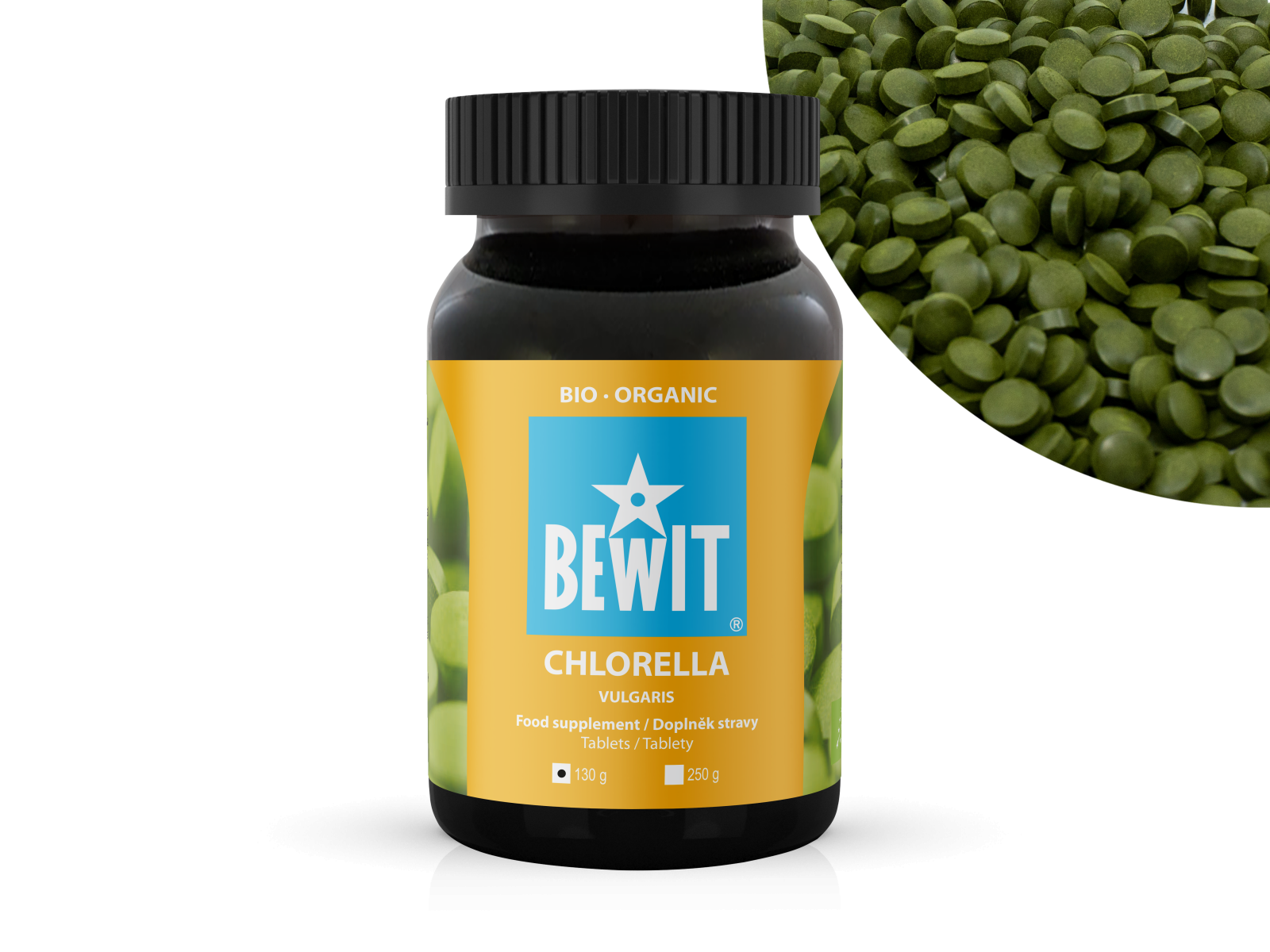
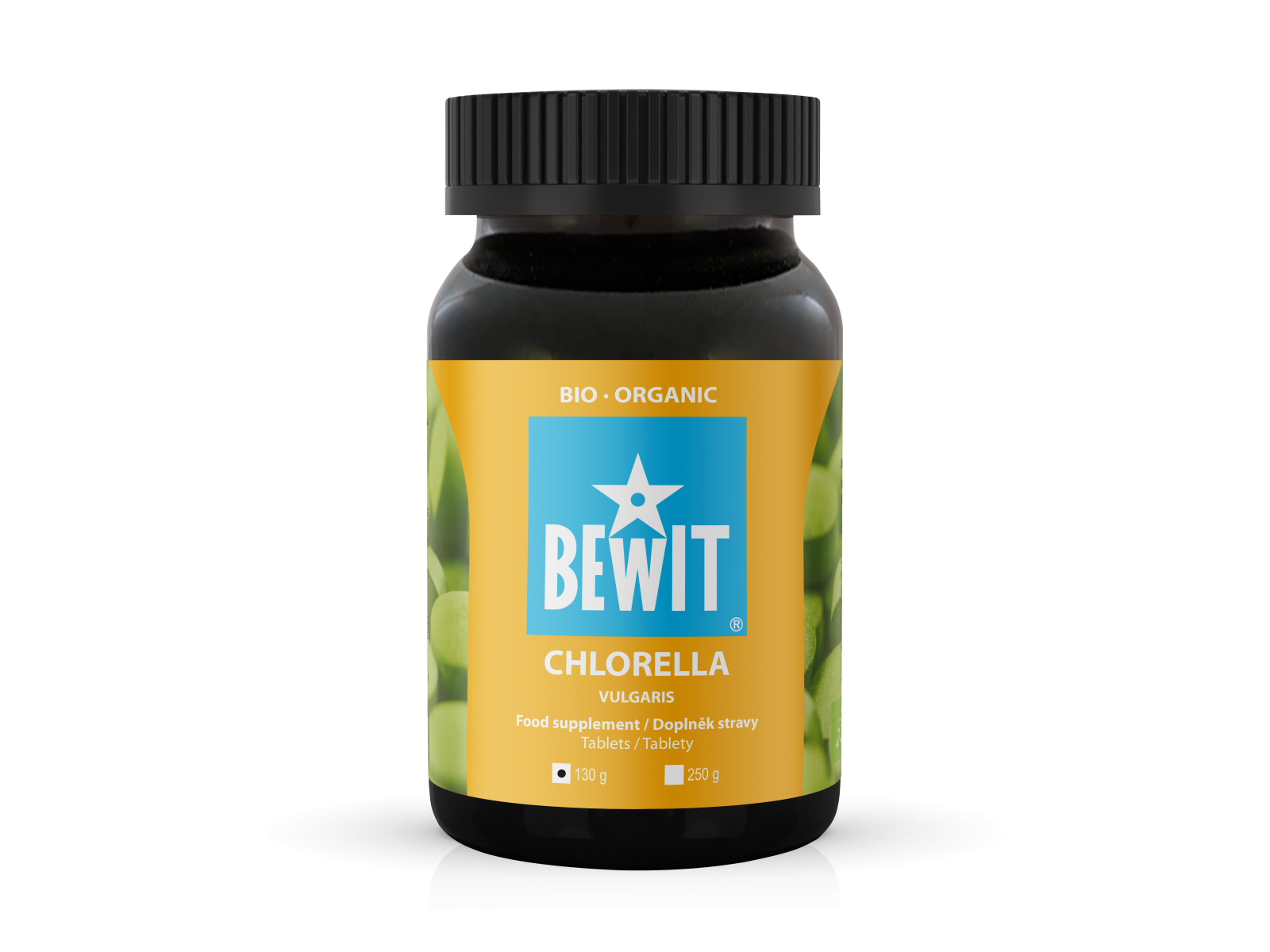
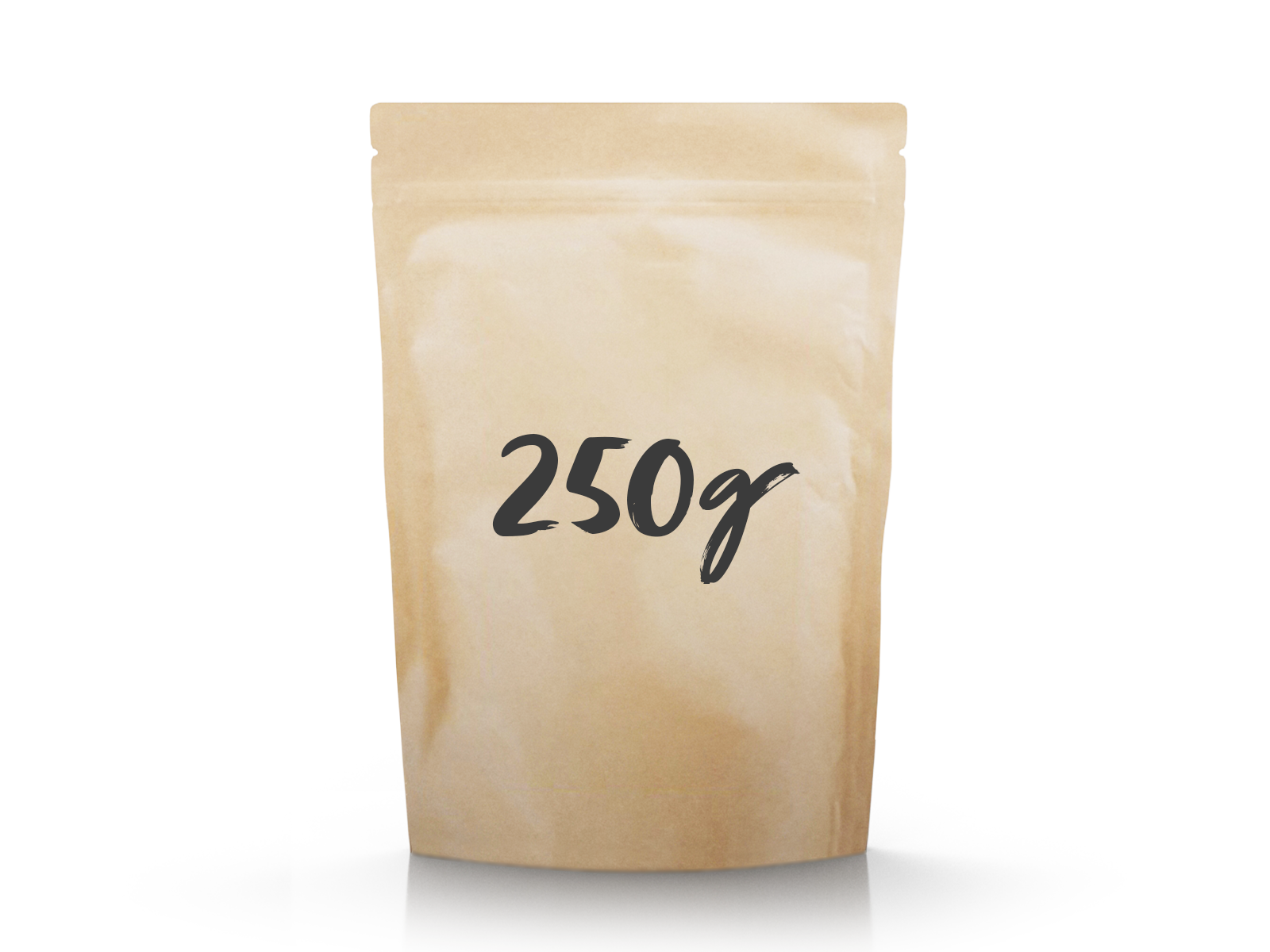
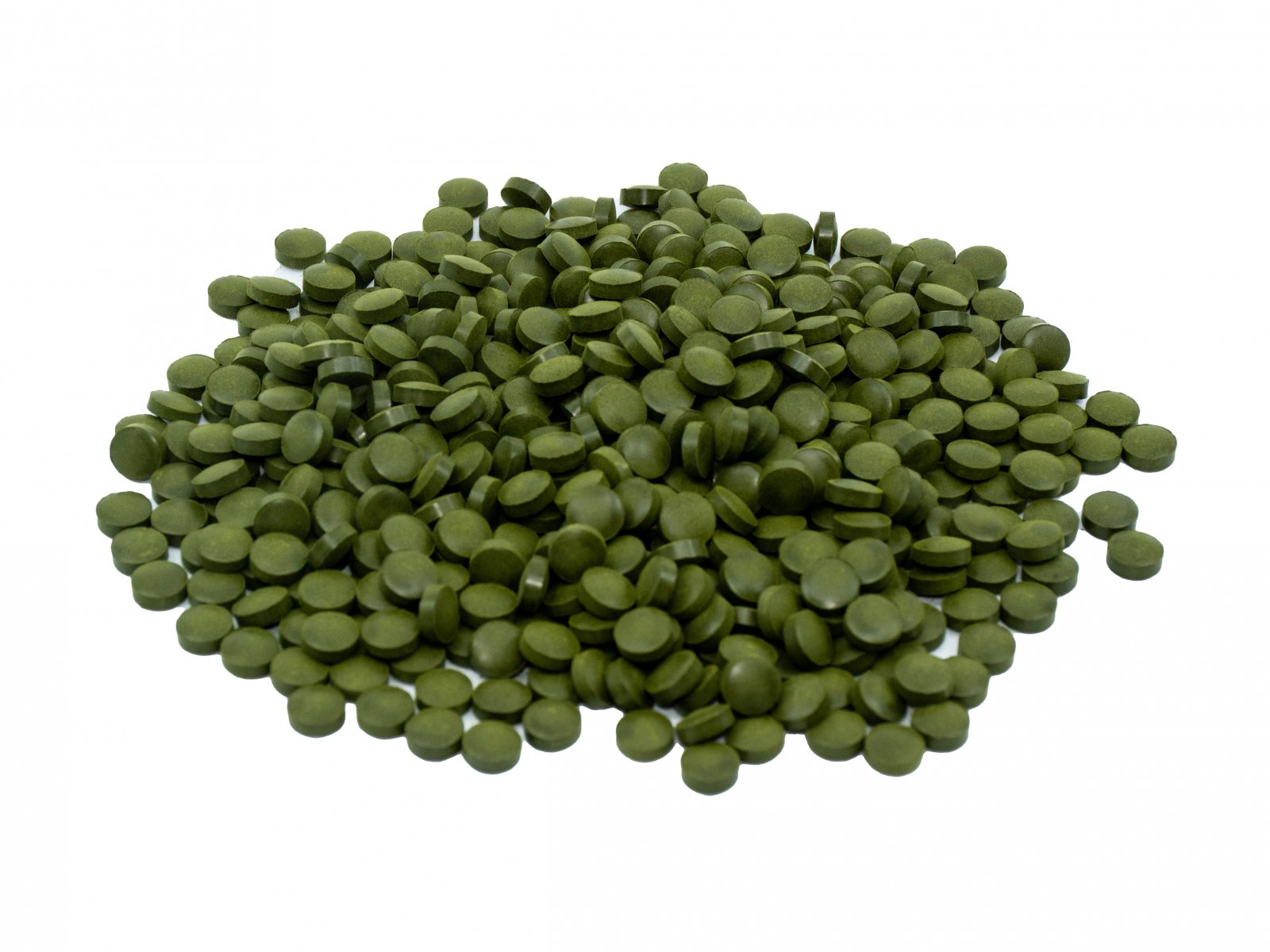
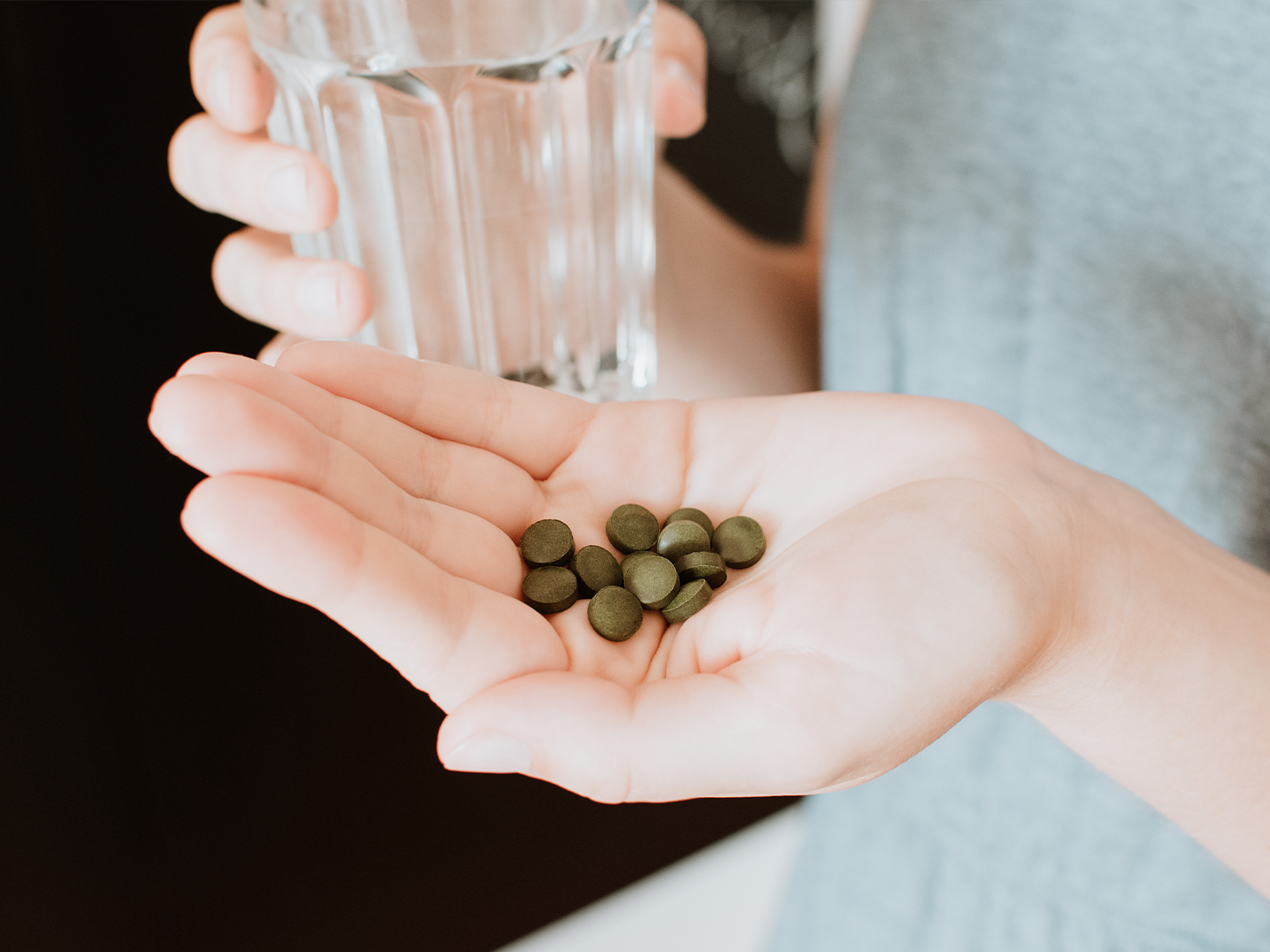
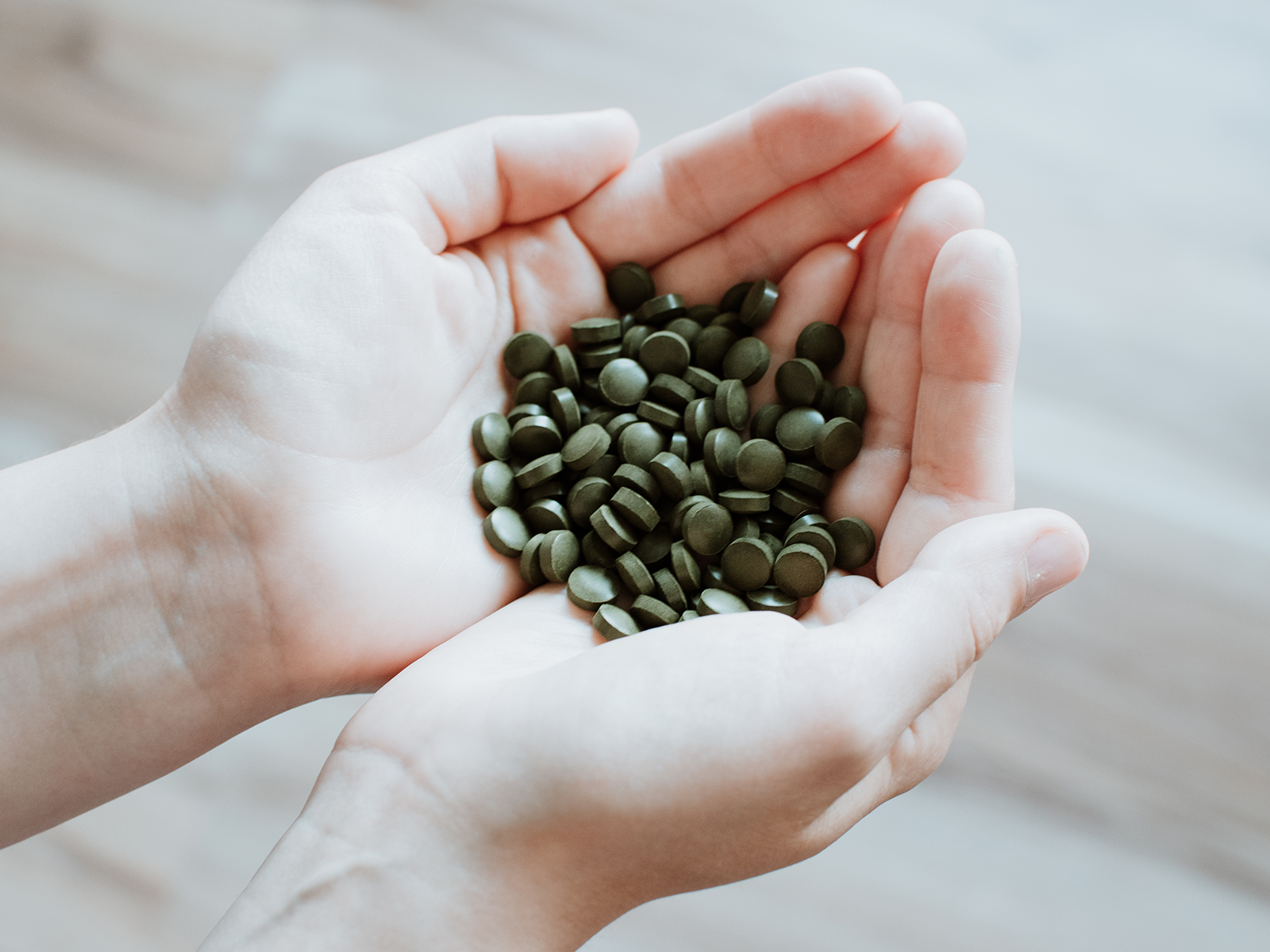
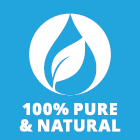

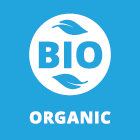
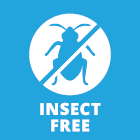

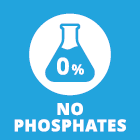
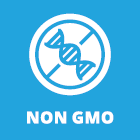
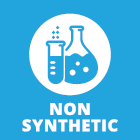


 Česky
Česky  Slovensky
Slovensky  Polski
Polski